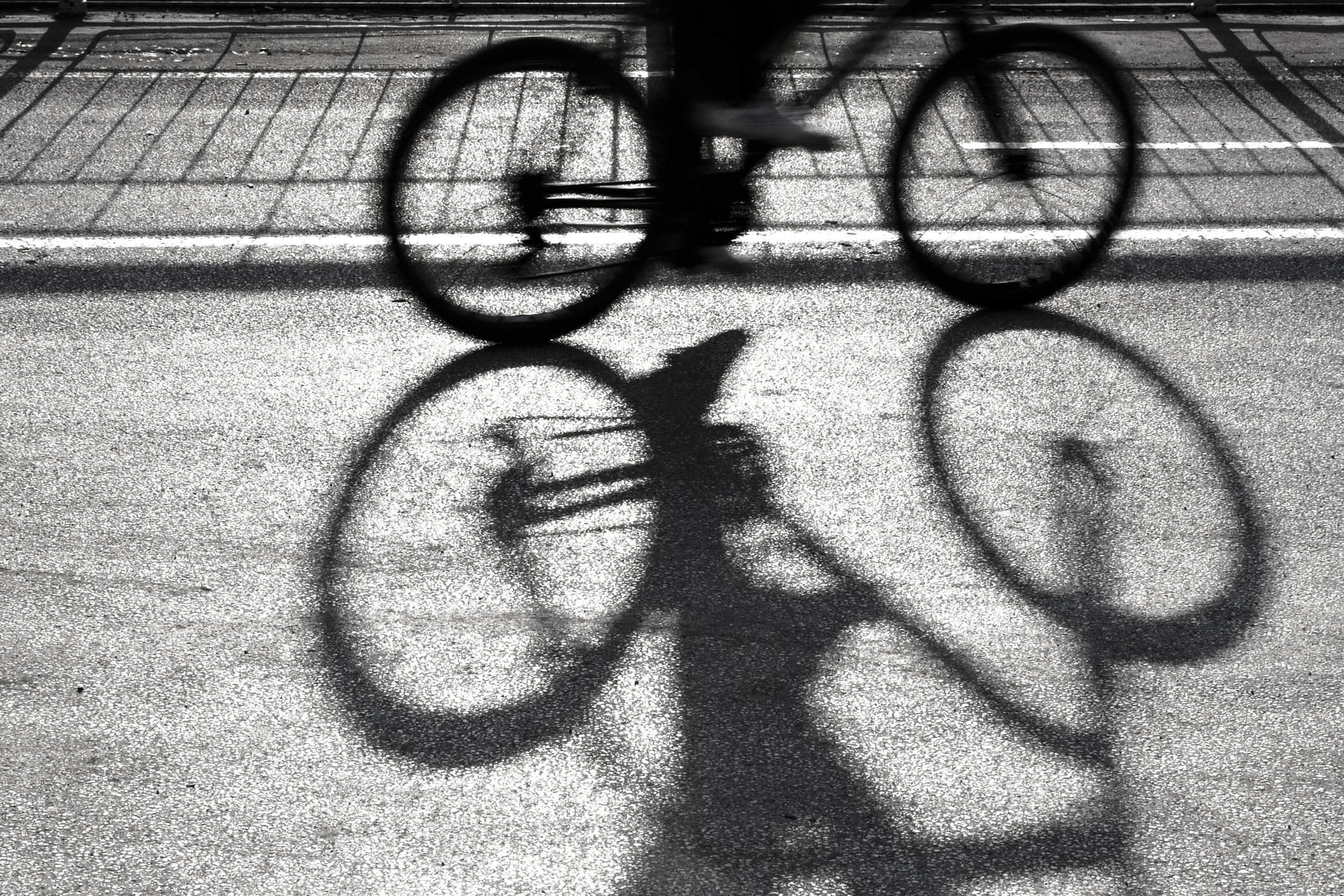
THE state of Britain’s roads is stopping more people from cycling, a survey has suggested.
More than half (56%) of people say they would cycle more if roads had fewer faults such as potholes, according to research commissioned by charity Cycling UK.
Some 22 cyclists were killed and 368 seriously injured where a poor or defective road surface was a factor between 2007 and 2016, Department for Transport figures show.
One in five local roads in England and Wales is in a poor condition as councils face a huge funding deficit to tackle potholes, a recent report by the Asphalt Industry Alliance warned.
Cycling UK’s head of campaigns Duncan Dollimore said: “Cycling is still a minority activity in the UK with only 2% of all journeys made by bike.
“Those who do cycle put up with the potholes and dangerous traffic conditions daily and still continue. However, it’s not always pleasant and it’s no surprise most people do not consider cycling for their short everyday journeys.”
The charity’s poll of 2,024 adults, conducted by YouGov, found that poor road conditions was the joint second most common reason for avoiding travel by bike, alongside drivers overtaking too closely.
Having to share the road with lorries and other large vehicles was ranked number one with 57% of respondents put off by it.
Other concerns include threatening behaviour from drivers (43%), car doors being opened in front of them (40%) and speeding motorists (37%).
The research was released to coincide with Cycling UK’s submission to the Government’s Cycling and Walking Investment Strategy safety review.
It wants “fundamental changes” to areas such as the Highway Code, road design and vehicle safety to give people more confidence to cycle.
Mr Dollimore added: “The Government wants more and safer cycling, but as Cycling UK’s research shows, people who don’t currently cycle need change if they’re going to choose to cycle short distances rather than drive.”

Enjoy the convenience of having The Sunday Post delivered as a digital ePaper straight to your smartphone, tablet or computer.
Subscribe for only £5.49 a month and enjoy all the benefits of the printed paper as a digital replica.
Subscribe